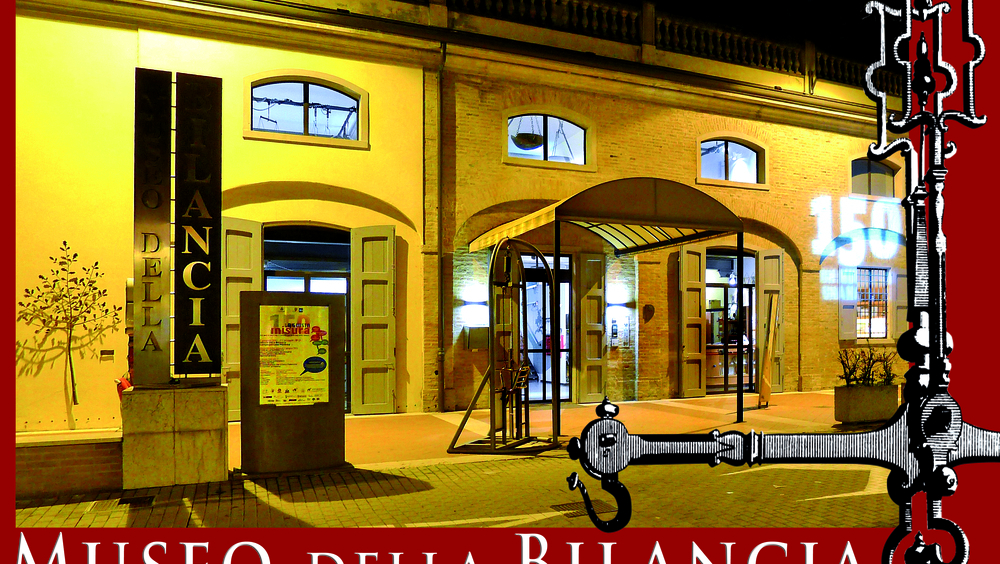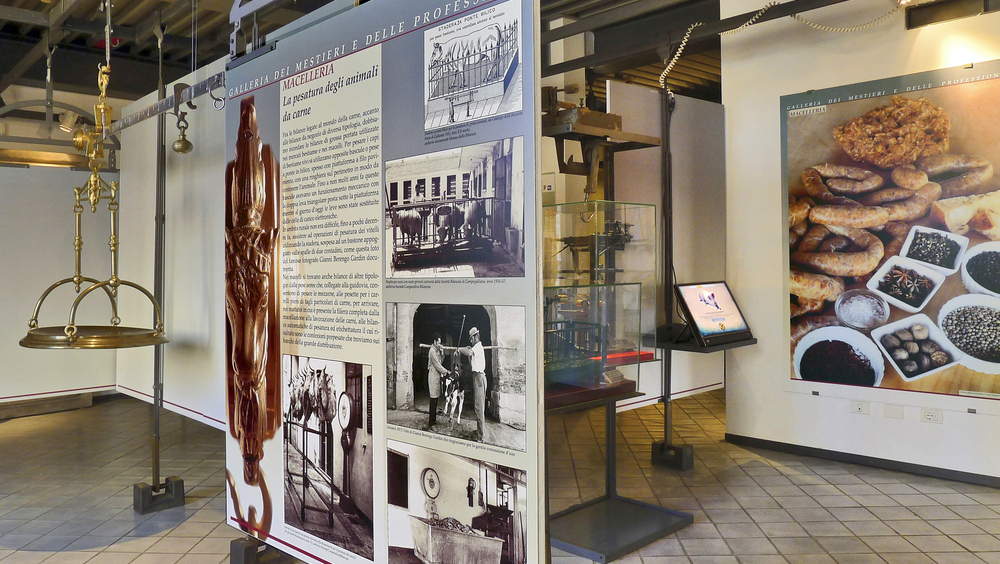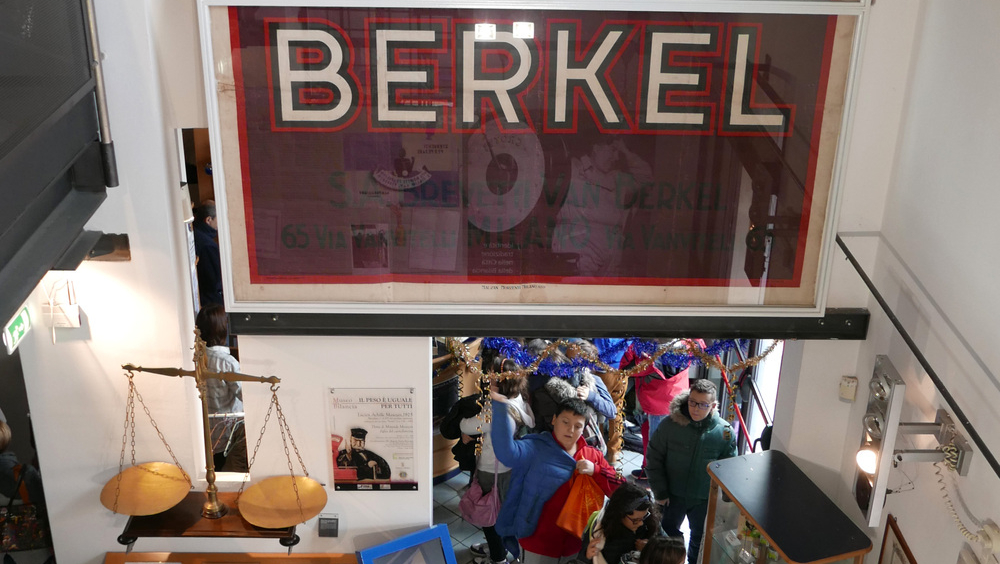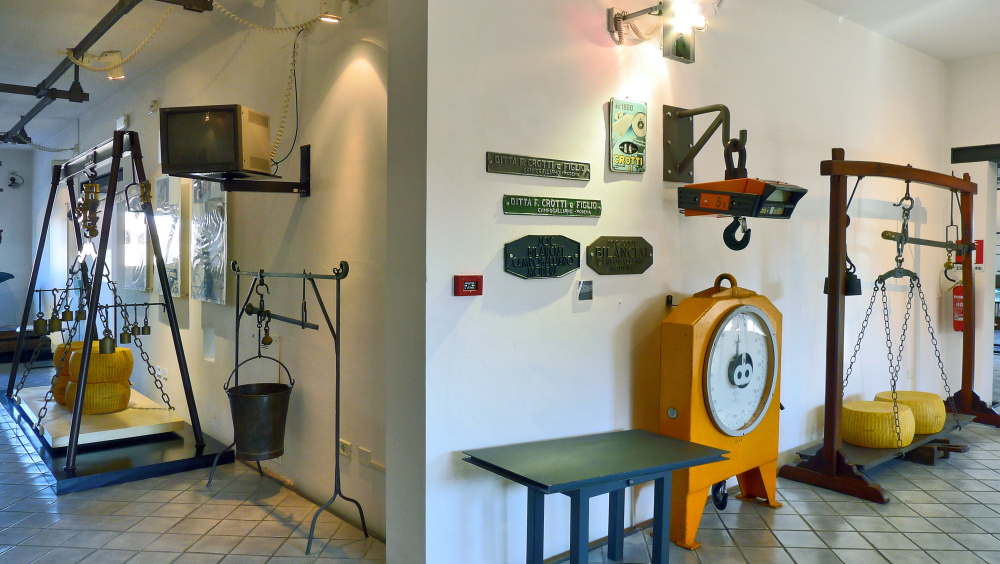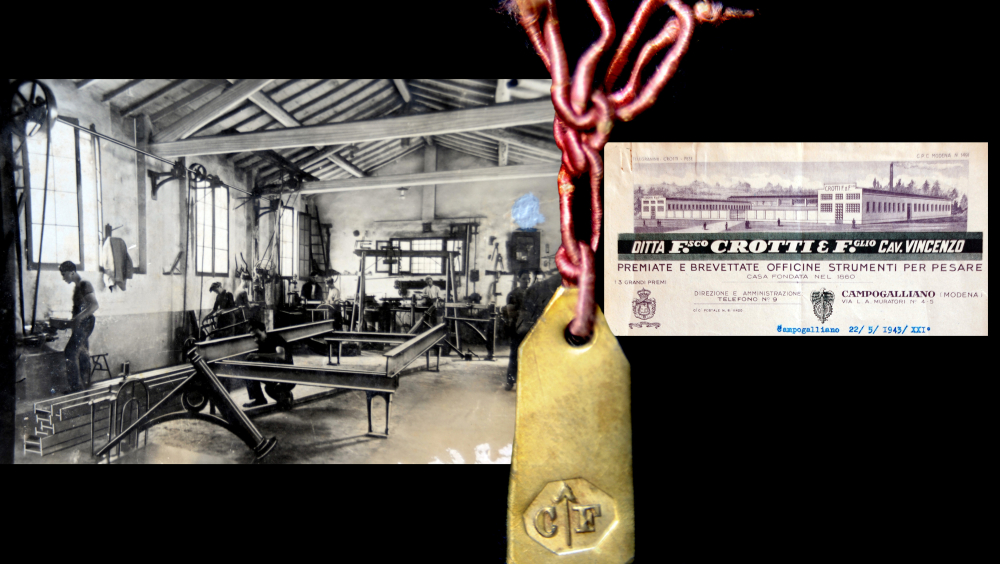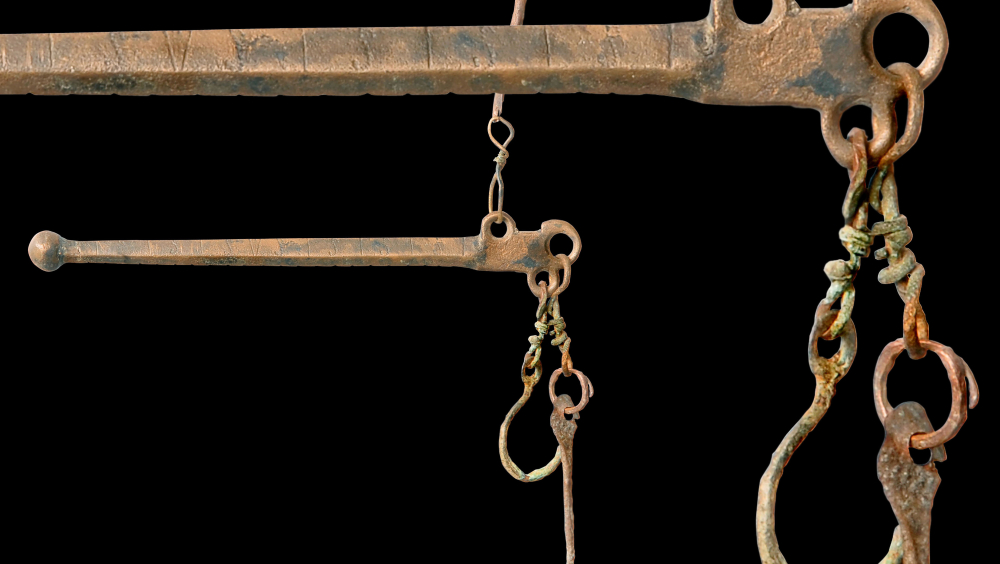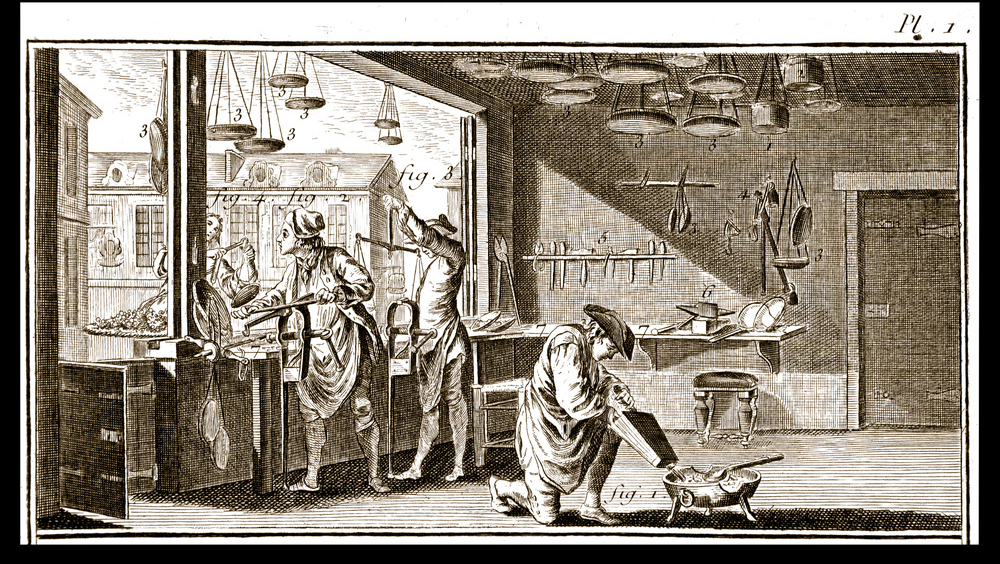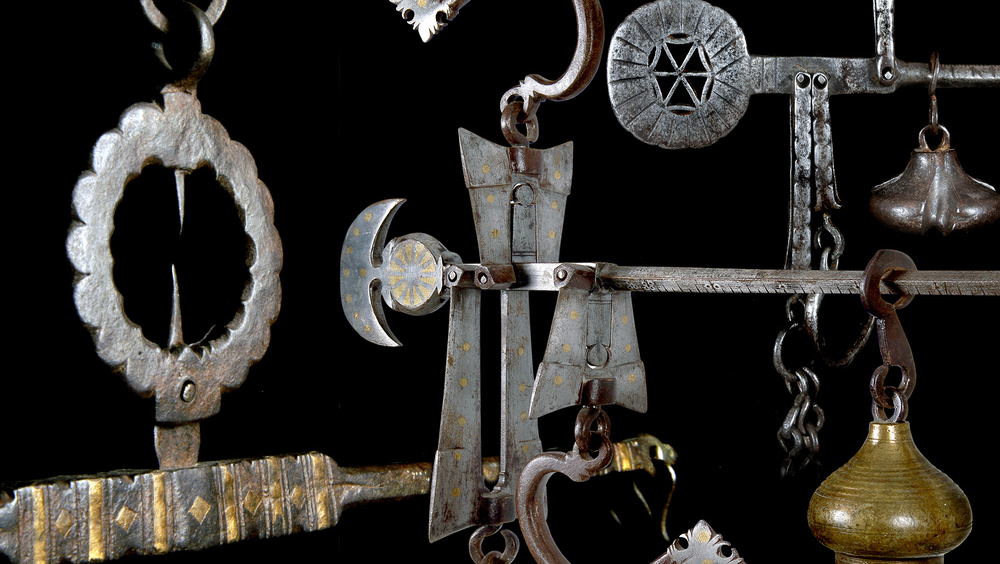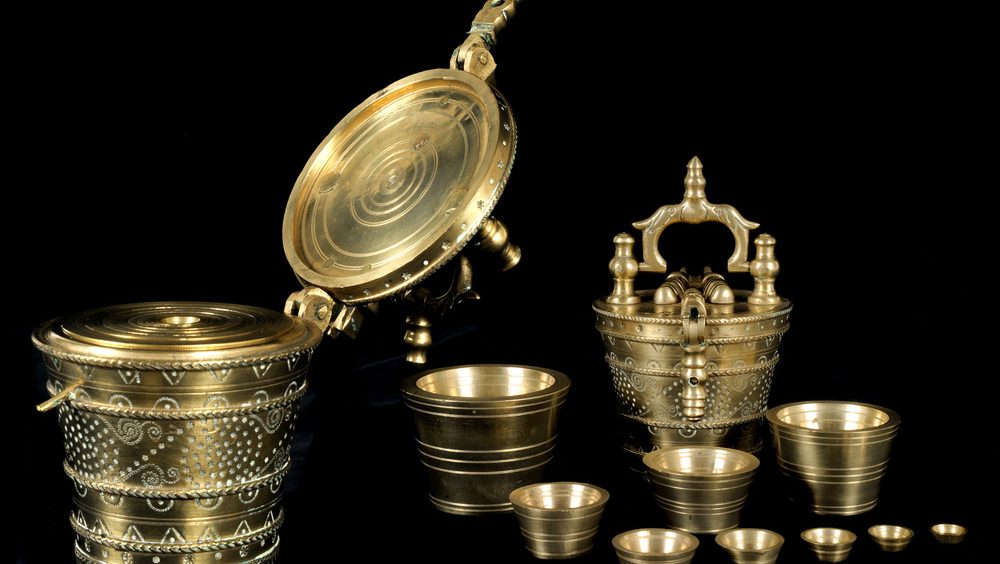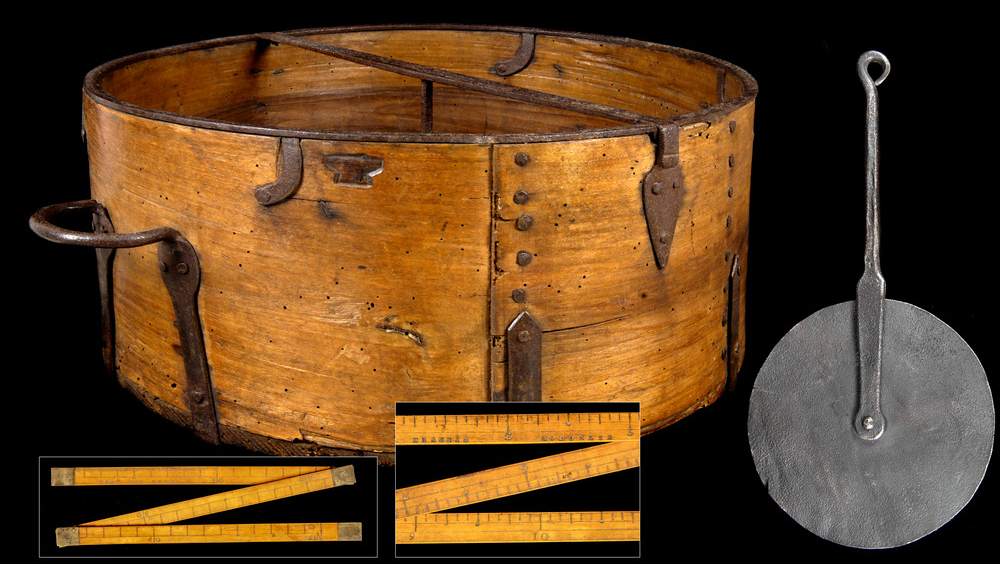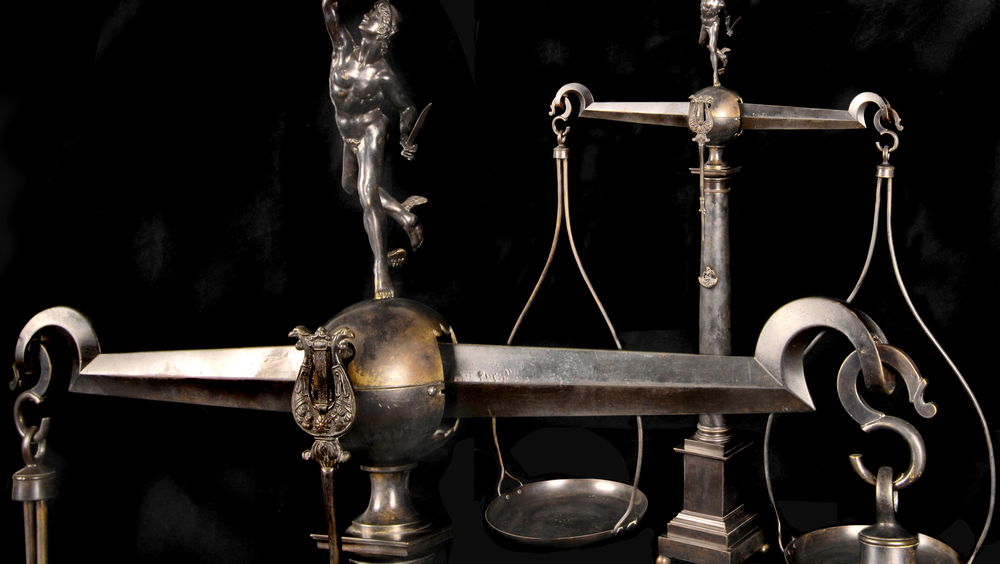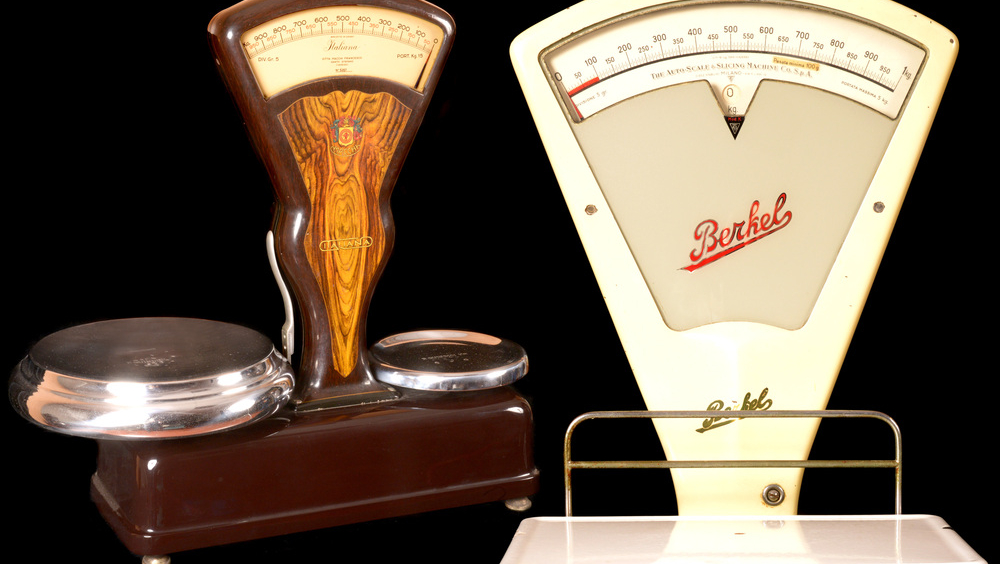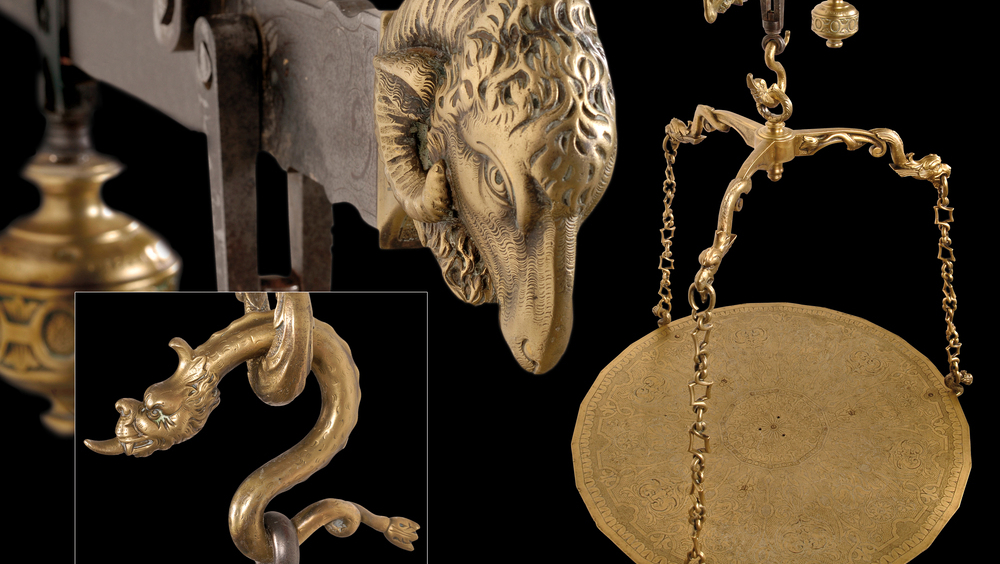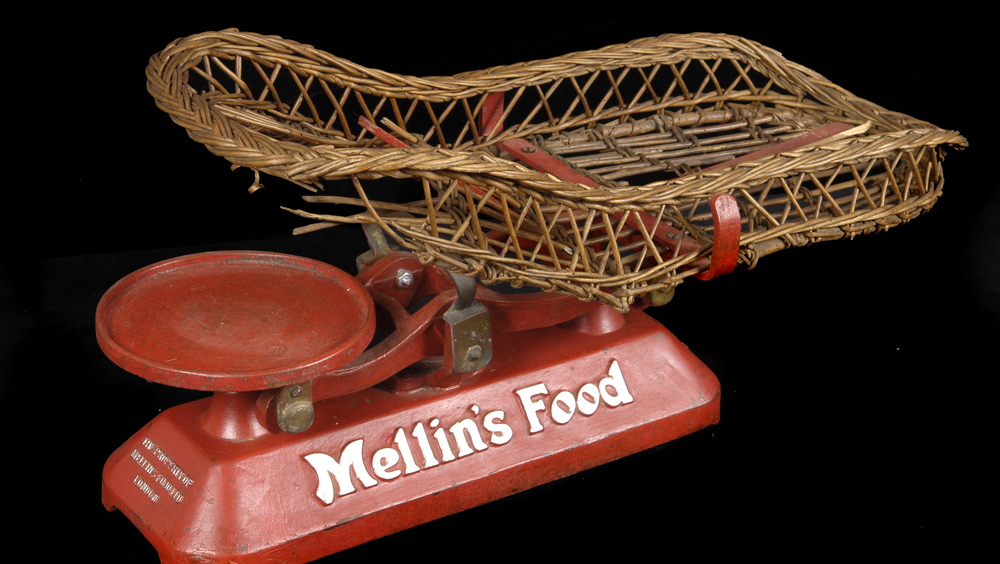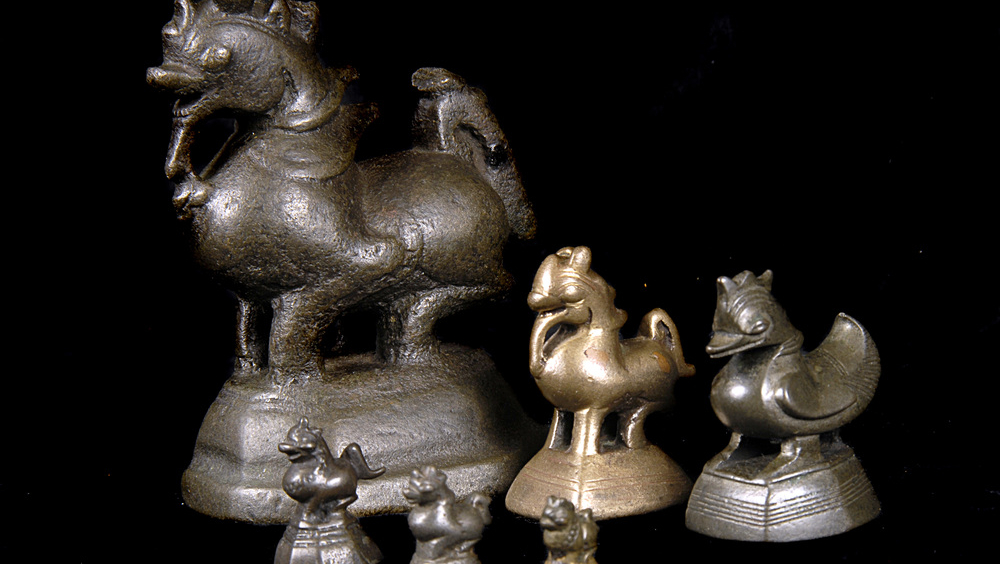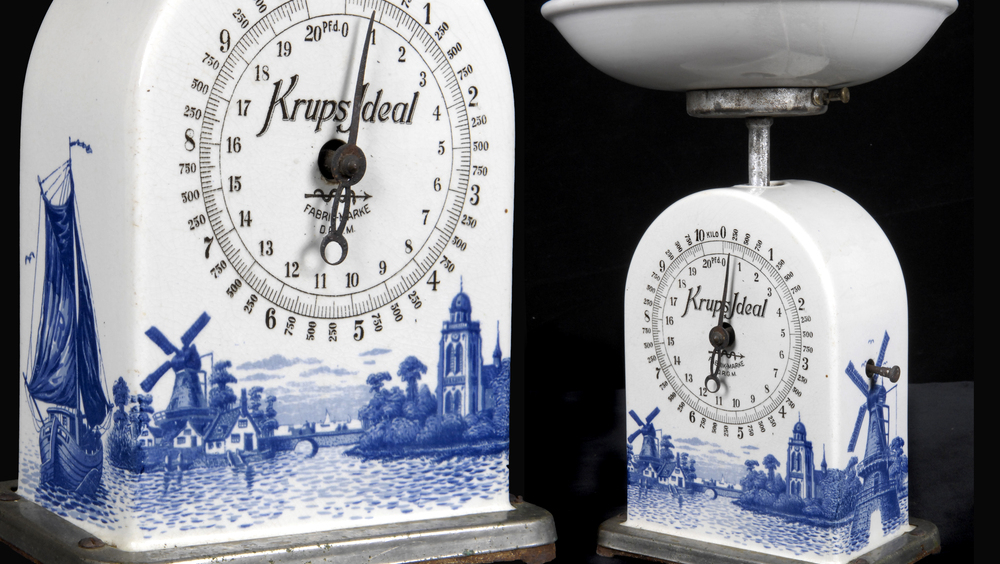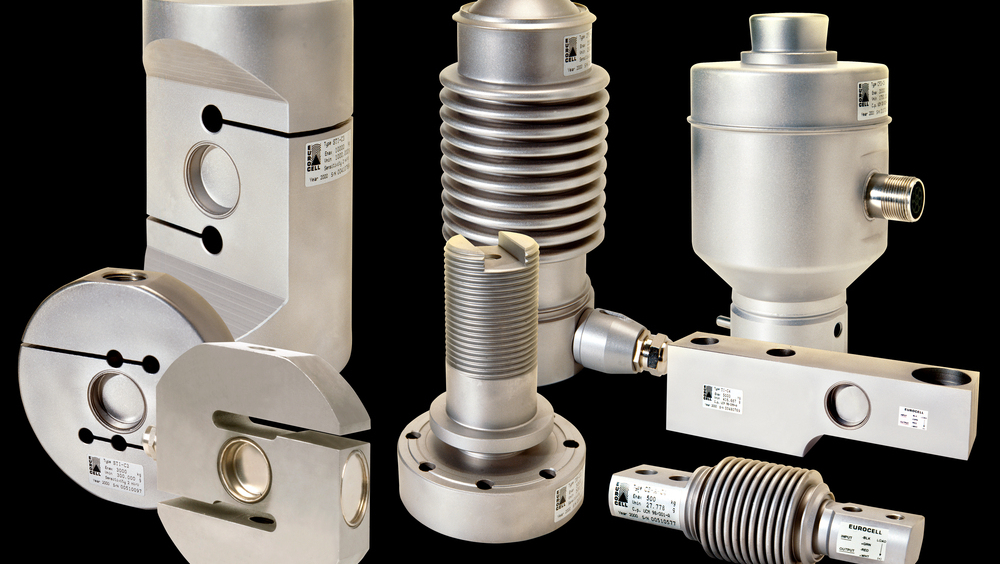SCALES AND MEASURES FROM CAMPOGALLIANO AND EUROPE (...AND MORE)
In the north of Italy, in the middle of the Po Valley, rises Campogalliano, a small town near Modena known as “Town of Scales”, where you can visit the Museo della Bilancia, an active and original museum on weighings and measurements founded 33 years ago (even if the scale was not invented here!)
In this town, starting from the history of a single tool is possible to talk about a shared heritage in Europe and worldwide, to investigate the relationship between human societies and between man and nature.
A TRADITION DATED FROM 1860
In Campogalliano, a century and a half ago, an extraordinary passion for precision and measurements was born and developed, not forgotten nowadays. It all began in 1860, a year before the proclamation of national unity when a blacksmith called Francesco Crotti started to make scales, balances and measuring instruments according to the “new” metric system. In the early XIX century, his artisanal shop became an industry on a national level, and in the following decades, other activities started to work on the production of measuring instruments, some of which are still active today.
AN HISTORY BETWEEN LOCAL AND GENERAL
The municipal Museum is based on this long tradition and was founded in 1989 to preserve the memory of this particular local production. This mission is developed by inserting this original element in a more general landscape: Campogalliano becomes a concrete example of the evolution of measurements, a tangible chapter in the millennial history of metrology (the science of measurements), an element linked to the evolution of industrial organization and techniques.
Measurements are strictly linked to the history of humankind. Measures are necessary for commercial activities to explore and understand the world, their definitions changed in centuries, and they are among the most critical scientific and social goals reached in the modern age and still objects of research and scientific activities.
The museum nowadays collects over 6000 documents and 1300 objects. The core of this heritage is represented by instruments for weighing, linear and capacity measures, both from Campogalliano and surroundings and worldwide. The collections tell stories from the Roman Age to the present day and offer the chance to retrace the evolution of all kinds of instruments used for weighing and measuring, to discover their curiosities and secrets, and enjoying their beauty and attention to detail.
A CONTRIBUTION TO SCIENTIFIC CITIZENSHIP
There is no science without measures, and these ancient instruments can become a bridge between past and present. Nowadays, science, and so measure, is all around us, even if not evident. Giving opportunities to try different instruments, both “old” and contemporary ones, is helpful in “touching” the evolution of the scientific method and encouraging the citizens’ in science in opposition to irrational approaches and magical thinking. On this idea is based the educational program addressed to school and families: to link heritage and experimental activities. Furthermore, measures can be the starting point from which to approach the STEM subjects (science, technology, engineering and mathematics) in the context of the gender gap and raising equality in general.
THINKING GLOBAL, ACTING LOCAL
This local heritage (both documents and instruments as skills and abilities) is strictly connected to the national and international levels. It is an element inserted in long time history, telling us of cultural diversity and common evolution: measures were used together with commercial exchanges in every society and every land of the planet!
In front of a mysterious steelyard made by an ancient Roman two thousand years ago, it is easy to think of ancient markets, the evolution of metrology or the development of metallurgical techniques.
In the same way, an old hammer and an anvil used in Campogalliano to make scales are quite the same you can find in the images from the Encyclopédie by Diderot and d’Alembert, connecting them directly to France and the Age of Enlightenment.
Some more examples: looking at a fine and decorated French equal arms scale from XVIII century can be an opportunity to approach the birth of new sciences and to follow the path of the worldwide diffusion of common standards; similarly, a grand and well-decorated steelyard from Venice tells us a story of travels in the Far East thanks to its dragons and sea snakes…
Strong connections with local industries operating in precision and metrology are a plus that helps to actualize this heritage, following the evolution of the metrological system, the production of measurement instruments, and the testing activities. Linking the economic competition to social inclusion and climate change at the European level, as demonstrated with the shared heritage of the Museum, opens a new perspective to fighting global trends of demarginalisation, unemployment and disengagement, not to mention the loss of memory and cultural identity. This achievement is meant to create networks between the EU cities to exchange experiences through contact and collaboration with other collection-based institutions. The Museo della Bilancia heritage, as previously told, is an example of a shared history, going beyond borders and integrating the population of Europe.
